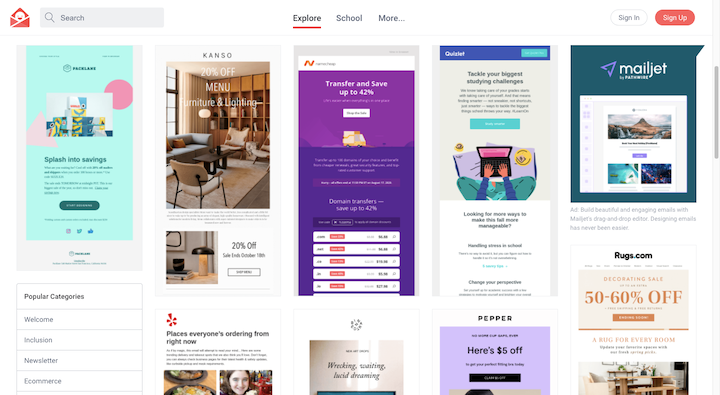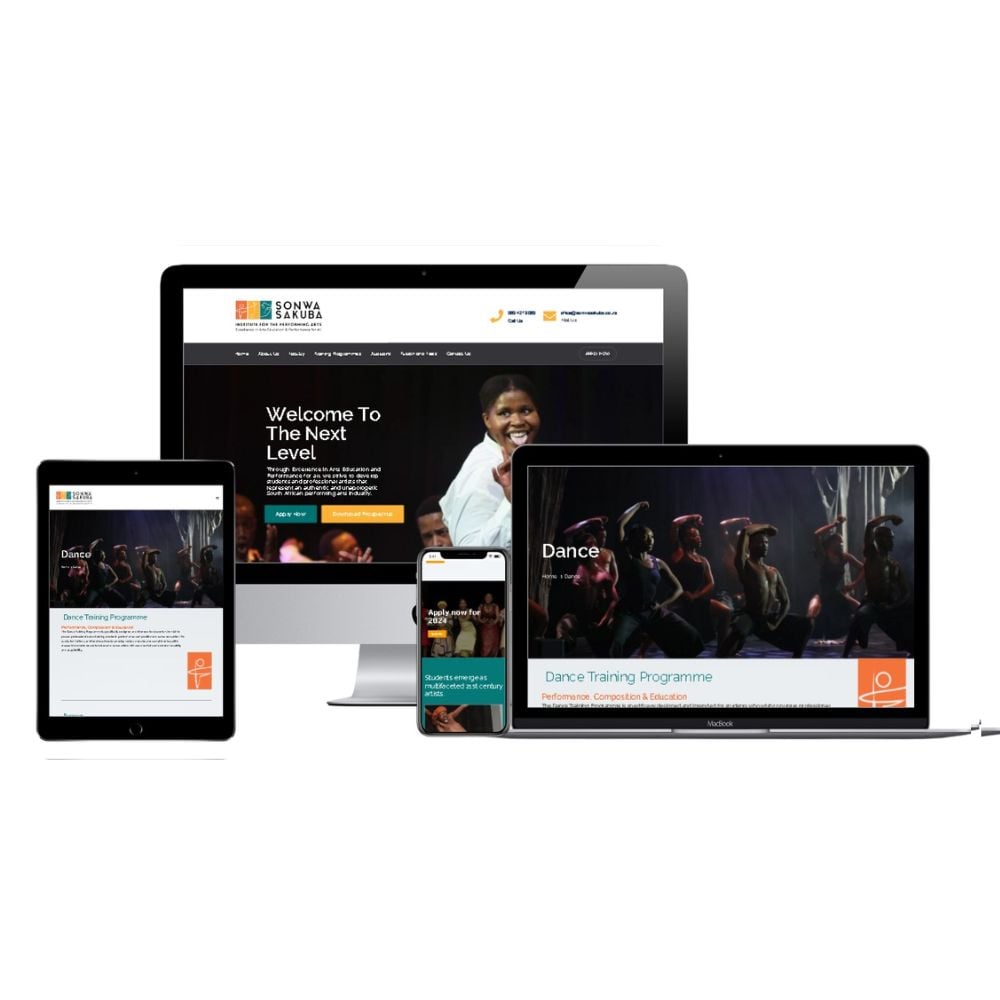Important Tips for Crafting High-Impact Website Styles
In the world of electronic advertising, the layout of a website offers as an important touchpoint for involving potential customers. To create high-impact internet site layouts, one must take into consideration vital aspects such as target market understanding, user experience, and aesthetic hierarchy.
Understand Your Audience

To properly understand your audience, begin by performing market evaluations to gather data on age, sex, area, and passions - website design. This information acts as a structure for producing individual personalities, which represent the crucial attributes of your target audience. These characters overview decision-making in design elements and material technique, guaranteeing placement with customer assumptions
Additionally, examining user actions with tools like Google Analytics can reveal exactly how visitors communicate with your site. Metrics such as bounce rates and time on web page can highlight locations that need renovation or adjustment. Customer surveys and comments also supply indispensable understandings into choices and pain factors.
Eventually, a deep understanding of your target market is not just useful but important. It encourages designers to create more pertinent, enticing, and practical websites that foster a favorable customer experience and drive wanted outcomes.
Prioritize Individual Experience
When developing a website, focusing on customer experience (UX) is critical to achieving both customer satisfaction and organization goals. A well-crafted UX makes certain that site visitors can browse the site easily, locate the information they require, and engage with content efficiently. To achieve this, it is essential to take on a user-centered style approach that entails understanding individual requires, preferences, and actions.
Beginning by carrying out comprehensive research, consisting of user studies and use testing, to gather insights into exactly how customers communicate with your website. This information must inform layout choices, making sure that layouts and functions straighten with individual expectations. Streamlined navigation is important; visitors ought to have the ability to locate info rapidly without unneeded clicks or confusion.
Additionally, consider the loading rate of your website. A slow-loading site can bring about high bounce prices, adversely influencing user experience. Maximize photos and scripts to boost performance.
Finally, make certain that your internet site comes to all users, consisting of those with specials needs. Following access criteria not just widens your audience however likewise fosters inclusivity. By focusing on UX, you lay the foundation for a successful site that fulfills both customer needs and business goals.
Embrace Visual Pecking Order
A well-structured visual power structure plays a considerable function in improving user experience by leading site visitors' attention to one of the most vital components of a web site (website design). By purposefully organizing material, designers can create a clear course for customers to comply with, guaranteeing they involve with essential info effectively
To execute visual hierarchy, start by using dimension and scale. Bigger aspects normally attract the eye, making them best for headings or calls to activity. Complement this with contrasting additional resources shades that highlight essential areas, as lively hues can develop focal points that capture focus.
In addition, the placement of elements on the web page is crucial. Leading the viewer's look via the design can be accomplished by placing important info on top or in the center, where customers usually begin their visual journey. Integrating whitespace around components can also improve clarity, making it less complicated for customers to refine information without really feeling bewildered.
Last but not least, utilizing typography properly adds to visual pecking order. Various font designs, weights, and dimensions can represent relevance, directing customers through the content effortlessly. By embracing these concepts, designers can create an user-friendly experience that cultivates interaction and encourages individuals to check out further.
Optimize for Mobile
Mobile optimization is essential in today's electronic landscape, as a significant portion of internet website traffic originates from mobile phones. To make sure a seamless Read Full Report user experience, web sites have to be created with mobile users in mind. This involves utilizing responsive website design methods that adapt the format, photos, and message to fit numerous display dimensions while keeping capability and appearances.

Touch targets, such as buttons and web links, have to be properly sized, guaranteeing they are conveniently tappable without errors. In addition, make sure that kinds are mobile-friendly by minimizing input areas and using dropdowns where relevant, improving the individual experience.
Lastly, examination your web site throughout different mobile tools and internet browsers to recognize any issues that might affect usability. By focusing on mobile optimization, you not just improve individual fulfillment yet learn this here now additionally positively influence your website's search engine ranking, thus attracting more site visitors and improving overall interaction.
Implement Solid Branding
A distinct brand name not just differentiates you from rivals but also cultivates trust and loyalty amongst your audience. This identification should be reflected regularly throughout all digital touchpoints, including your web site, social media, and email interactions.
Aesthetic elements such as logos, shade systems, and typography play an essential function in branding. Select a shade palette that resonates with your target audience and reflects your brand personality. Make certain that your logo is versatile and prominently displayed on your website, enhancing brand acknowledgment.
Material is equally important; your intonation must straighten with your brand identity, whether it's expert, friendly, or authoritative. Involving storytelling can further strengthen your brand, producing a psychological link with individuals.
Verdict
To conclude, crafting high-impact web site styles necessitates a multifaceted approach that includes comprehending the target market, prioritizing user experience, and embracing visual pecking order. Optimization for mobile devices continues to be crucial, together with the execution of strong branding approaches. By integrating these elements, sites can efficiently involve individuals, promote smooth navigation, and foster psychological links that boost brand name identity. Inevitably, adherence to these principles adds to the development of engaging and effective electronic experiences that resonate with target audiences.
To produce high-impact site styles, one have to take into consideration necessary components such as audience understanding, customer experience, and aesthetic power structure.When creating an internet site, prioritizing customer experience (UX) is paramount to achieving both customer satisfaction and business objectives.Beginning by carrying out comprehensive research study, consisting of customer studies and functionality testing, to collect insights into just how individuals interact with your website. To ensure a seamless individual experience, websites must be made with mobile customers in mind.In conclusion, crafting high-impact website designs necessitates a diverse strategy that includes recognizing the audience, prioritizing customer experience, and welcoming aesthetic power structure.